In the ever-evolving world of urban living, small apartments have become the norm for many city dwellers. With shrinking square footage, the challenge of maximizing space has never been more pressing. Enter the realm of small-space storage solutions—innovative products designed to transform cramped quarters into organized, functional living areas. These storage miracles don’t just tidy up; they revolutionize how we interact with our limited spaces, often doubling or even tripling usability without requiring a single additional square foot.
The concept of vertical storage has emerged as a game-changer for small homes. Traditional storage methods often overlook the potential of walls and unused vertical spaces. Modern solutions like floating shelves, wall-mounted racks, and over-the-door organizers turn blank walls into dynamic storage hubs. A well-placed vertical unit can house everything from kitchen utensils to books, freeing up precious floor space. The beauty of these systems lies in their adaptability—they can be customized to fit any room, whether it’s a studio apartment or a compact home office.
Multifunctional furniture represents another leap forward in space optimization. The days of single-purpose items are fading as designers create pieces that serve dual or even triple functions. A coffee table that converts into a dining table, a bed with built-in drawers, or an ottoman that opens to reveal storage compartments—these are no longer novelties but necessities for small-space living. The ingenuity of these designs often makes them conversation pieces while solving very practical problems. Homeowners report that investing in just two or three key multifunctional pieces can completely transform their living experience.
Underutilized spaces present golden opportunities for storage innovation. The areas beneath beds, sofas, and stairs often go wasted, yet they offer tremendous storage potential. Slim, roll-out drawers designed for tight spaces can accommodate seasonal clothing, extra bedding, or hobby supplies. Similarly, the space above doorways and cabinets can host discreet storage bins for items used less frequently. Creative thinkers have even developed specialized solutions for awkward nooks and crannies—corner shelves that fit snugly where standard furniture won’t, or custom-built units that follow the contours of sloped ceilings.
The kitchen, typically the hardest-working room in any home, demands particular attention in small spaces. Compact living often means compromising on kitchen storage, but modern solutions have turned this notion on its head. Magnetic knife strips reclaim drawer space, while hanging pot racks free up entire cabinets. Stackable, nesting cookware and collapsible measuring cups demonstrate how thoughtful design can minimize clutter. Perhaps most impressive are modular shelf systems that adapt as needs change, allowing homeowners to rearrange their storage configurations as effortlessly as rearranging building blocks.
Closet organization systems have undergone their own revolution, transforming chaotic storage spaces into models of efficiency. The traditional single hanging rod and shelf have given way to adjustable components that can be mixed and matched. Shoe racks that utilize vertical space, velvet-lined jewelry drawers, and specialized compartments for ties and belts all contribute to creating a luxurious storage experience in even the smallest closets. These systems often incorporate lighting and mirrors, adding functionality while creating the illusion of more space through clever reflection techniques.
For those who frequently entertain guests in small spaces, hidden storage solutions provide both practicality and aesthetic appeal. Storage ottomans can seat visitors while hiding extra blankets, and lift-top coffee tables reveal compartments for board games or serving ware. Some innovative designs even incorporate fold-out tables or chairs that disappear when not in use. These disappearing acts of furniture allow small spaces to fluidly transition between different functions throughout the day—home office by day, dining room by evening, and guest space when needed.
The psychological impact of effective small-space storage shouldn’t be underestimated. Clutter has been shown to increase stress levels and decrease productivity, while organized spaces promote mental clarity and relaxation. When every item has its designated place, the entire home feels more spacious and inviting. Many users of these storage solutions report feeling a sense of control over their environment that translates to other areas of their lives. The process of implementing these systems often sparks a broader minimalist mindset, encouraging people to evaluate what they truly need to keep.
As urban populations continue to grow and housing spaces shrink, the demand for intelligent storage solutions will only increase. Manufacturers are responding with increasingly sophisticated designs that blend form and function. The latest innovations include smart storage with built-in charging stations, furniture that adjusts automatically to user preferences, and eco-friendly materials that appeal to environmentally conscious consumers. What began as simple space-saving tricks has evolved into an entire design philosophy that celebrates efficiency without sacrificing style.
Ultimately, the magic of these small-space storage solutions lies in their ability to make limitations disappear. Through clever design and innovative thinking, they turn spatial constraints into opportunities for creativity. The result isn’t just a more organized home, but an enhanced quality of life where every square inch serves a purpose and brings joy. For urban dwellers navigating the challenges of compact living, these storage miracles don’t just save space—they redefine what’s possible within it.

By Thomas Roberts/Apr 25, 2025
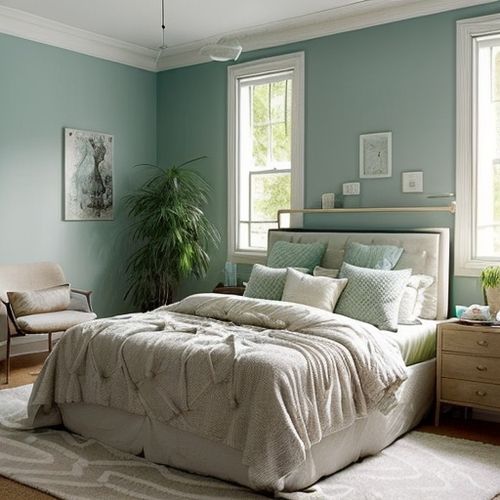
By Daniel Scott/Apr 25, 2025
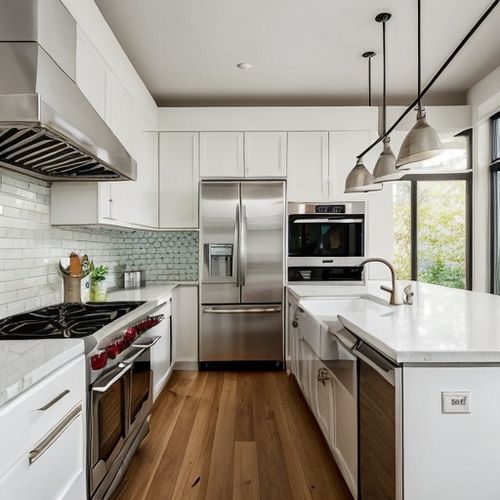
By Thomas Roberts/Apr 25, 2025
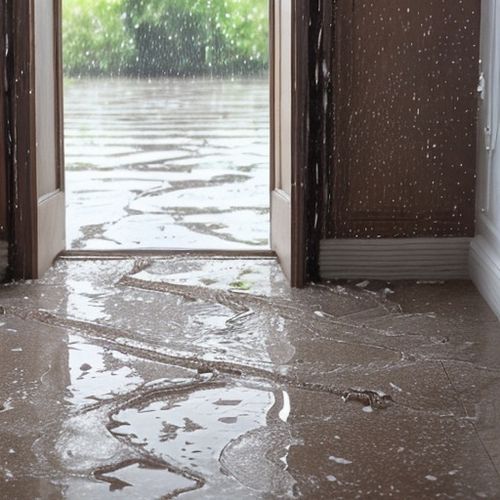
By Daniel Scott/Apr 25, 2025
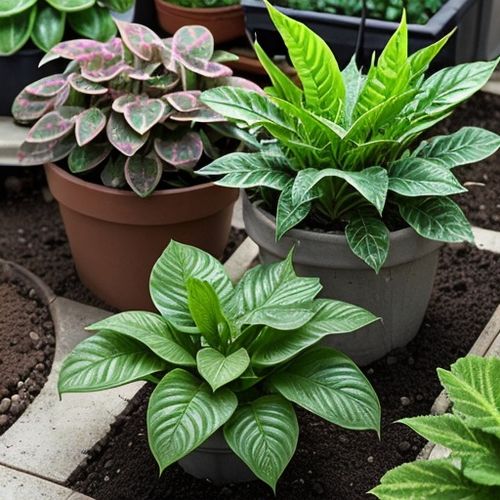
By Lily Simpson/Apr 25, 2025

By Megan Clark/Apr 25, 2025
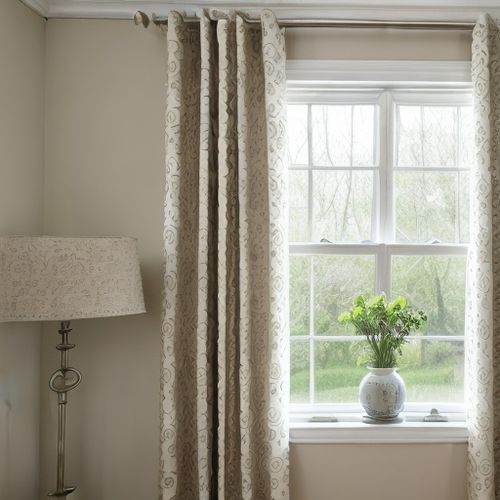
By Christopher Harris/Apr 25, 2025
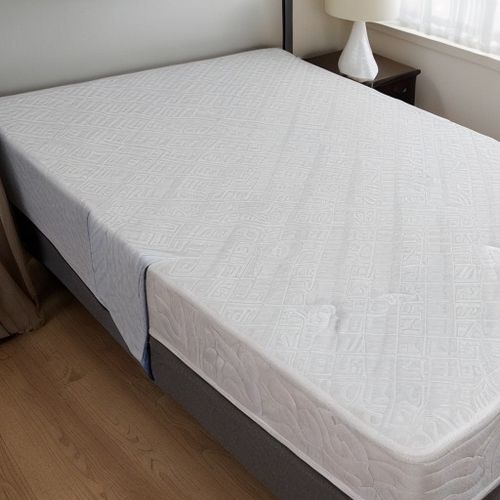
By Amanda Phillips/Apr 25, 2025

By John Smith/Apr 25, 2025
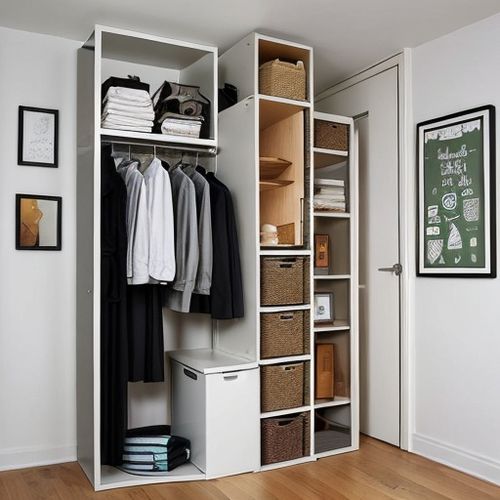
By Michael Brown/Apr 25, 2025

By Daniel Scott/Apr 25, 2025

By Olivia Reed/Apr 25, 2025

By Elizabeth Taylor/Apr 25, 2025

By James Moore/Apr 25, 2025
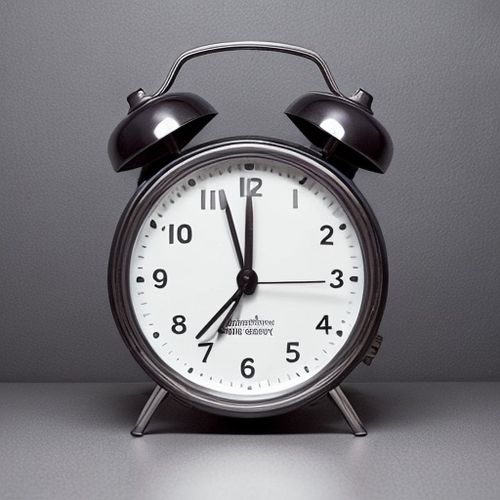
By John Smith/Apr 25, 2025

By William Miller/Apr 25, 2025

By Daniel Scott/Apr 25, 2025

By Emma Thompson/Apr 25, 2025

By James Moore/Apr 25, 2025

By Ryan Martin/Apr 25, 2025